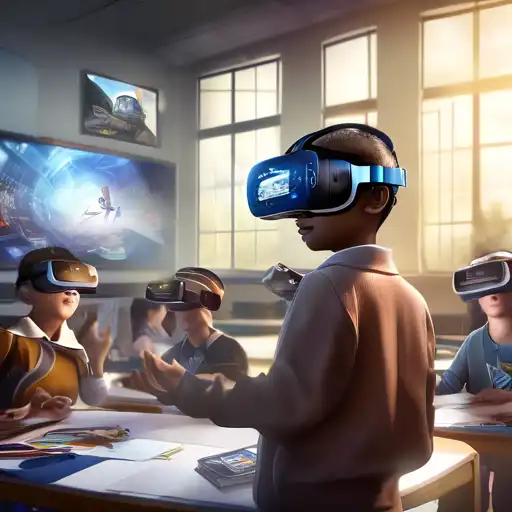Revolutionizing Learning: The Impact of Virtual Reality in Education
Virtual Reality (VR) is transforming the educational landscape, offering immersive learning experiences that were once unimaginable. This technology is not just a tool for entertainment but a powerful educational instrument that can enhance understanding, retention, and engagement among students of all ages.
The Benefits of VR in Education
VR in education brings numerous benefits, including:
- Enhanced Engagement: VR captivates students' attention like no other medium, making learning more interactive and fun.
- Improved Retention: Immersive experiences help in better retention of information by engaging multiple senses.
- Accessible Learning: VR can simulate real-world environments, making it possible for students to explore places and concepts beyond their physical reach.
- Safe Practice Environment: It provides a risk-free platform for practicing skills, from surgical procedures to mechanical repairs.
Implementing VR in Classrooms
Integrating VR into educational settings requires careful planning and consideration. Schools and institutions must:
- Invest in the right hardware and software that aligns with their educational goals.
- Train educators to effectively use VR technology to enhance their teaching methods.
- Ensure content is age-appropriate and aligns with the curriculum.
For more insights on integrating technology in education, explore our EdTech Trends section.
Challenges and Considerations
Despite its potential, VR in education faces several challenges:
- High costs of VR equipment and content development can be prohibitive for some institutions.
- Limited content availability that matches specific learning objectives.
- Potential health concerns, such as eye strain or motion sickness, with prolonged use.
Addressing these challenges is crucial for the widespread adoption of VR in educational settings.
The Future of VR in Education
The future of VR in education is bright, with advancements in technology making it more accessible and effective. As VR becomes more mainstream, we can expect:
- More affordable and user-friendly VR solutions tailored for educational purposes.
- Expanded content libraries covering a wider range of subjects and skills.
- Greater integration with other educational technologies, such as augmented reality (AR) and artificial intelligence (AI).
Virtual Reality is paving the way for a new era in education, where learning is not just about reading and listening but experiencing and interacting. The potential of VR to revolutionize education is immense, and we are just beginning to scratch the surface.
For further reading on innovative learning technologies, check out our Innovative Learning resources.
